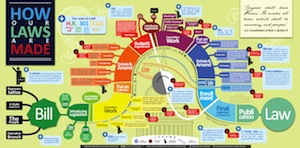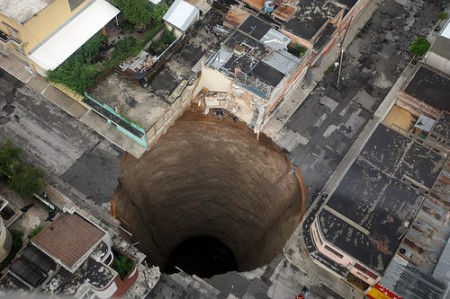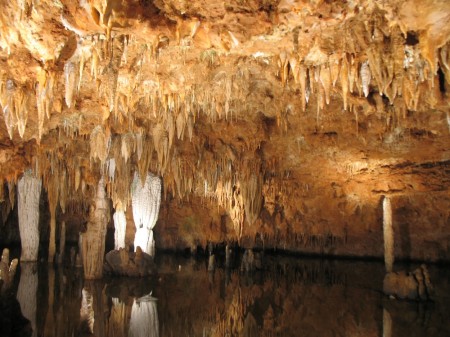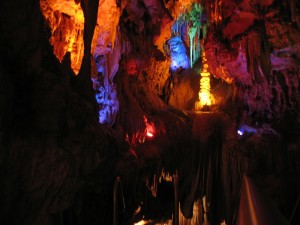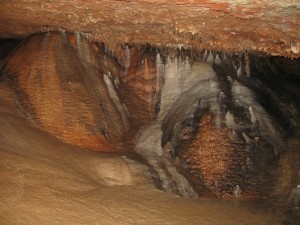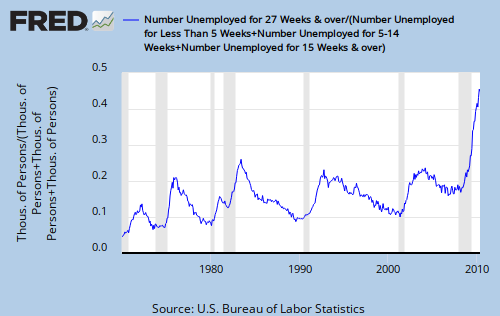While many people say multitasking makes them more productive, research shows otherwise. Heavy multitaskers actually have more trouble focusing and shutting out irrelevant information, scientists say, and they experience more stress.
And scientists are discovering that even after the multitasking ends, fractured thinking and lack of focus persist. In other words, this is also your brain off computers. Richtel, 2010
Matt Richtel has an intriguing article in the New York Times on how multitasking on computers is affecting the way people think. I don’t have a whole lot of time to get into it is a well resourced article citing work from researchers such as Clifford Nass, Eyal Ophir and Melina Uncapher at Stanford, Steven Yantis at Johns Hopkins, Daphne Bavelier at the University of Rochester, Gary Small at UCLA and Adam Gazzaley at UCSF.
Other choice quotes:
[Multi-taskers] had trouble filtering out … the irrelevant information.
multitaskers tended to search for new information rather than accept a reward for putting older, more valuable information to work.
that people interrupted by e-mail reported significantly increased stress compared with those left to focus. Stress hormones have been shown to reduce short-term memory
Finally, the article ends with a thought about how technology use affects our ability to relate to others.
Mr. Nass at Stanford thinks the ultimate risk of heavy technology use is that it diminishes empathy by limiting how much people engage with one another, even in the same room.
“The way we become more human is by paying attention to each other,” he said. “It shows how much you care.”
That empathy, Mr. Nass said, is essential to the human condition. “We are at an inflection point,” he said. “A significant fraction of people’s experiences are now fragmented.”

This work of course ties in with Nicholas Carr’s thesis that asks the question, “Is Google Making Us Stupid“. Carr’s book, “The Shallows” takes up the argument that we should spend less time online. While I tend to agree with Carr that we would benefit from more time offline, I really think his explanation that the invention of the press, and cheap books, lead to more deeper concentration (and that’s what we’re loosing now) needs a lot more evidence to back it up.

